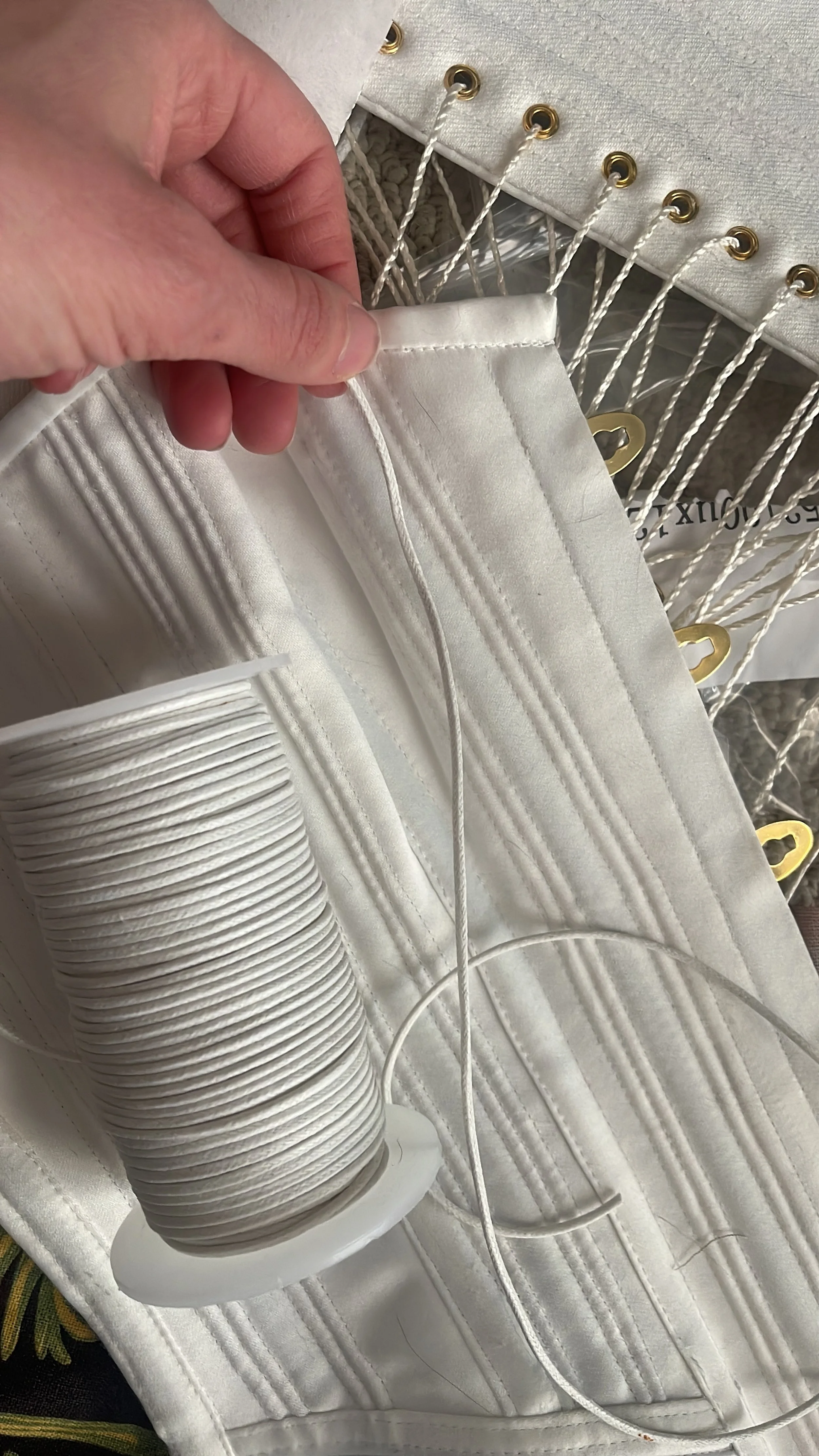MADE IN COLORADO
Fashion made from history
MADE IN COLORADO
Our process begins by locating historic corsets in museum collections. In the United States, funding is wildly different between institutions. While some collections have databases online that the public can search through, others do not. This means that there are literal treasures hidden in museums that researchers never get to see, because no one knows they are there. Our first step is locating the collection we are looking for. Often, museum databases do not include pictures of their items. Textiles such as clothing are sometimes accessioned by non-specialists, so they may not include detailed descriptions. Our first request from a museum might be a list of 30 items with descriptions like: “Corset, 1800s.”
From a 1906 article published in the “Rocky Mountain Daily,” an Edwardian newspaper with circulation in Colorado
Our next step is visiting the museum! I bring a set of traditional pattern making equipment such as rulers, tape measures, and french curves. I also bring material to copy the patterns. Museum pieces cannot be pierced, punctured, or poked in any way because of their fragility, so taking a copy of the pattern is very difficult.
Then the fun part! I bring the measurements home and recreate them digitally in a fashion design program. These become “patterns”, a two dimensional representation of a three dimensional garment. The patterns are then sent to a factory, where they are engineered to be constructed efficiently. Corsetmaking is different in a factory than it is in my house. When I work on a commission, I construct each piece of the garment one step at a time. This is why the price of commissions is so high, because a single finished garment takes hours to construct. A factory will construct multiple parts of the garment at a time to maximize labor efficiency.
The factory and I collaborate on choosing the highest quality materials. I prioritize natural fibers in my work. In a world filled with fast fashion, even the untrained hand immediately responds to a well-crafted natural fiber. Sourcing hardware is always a fun challenge, as a single corset can require over 10 yards of boning, 20+ grommets, lacing, bias tape, and more!
When it’s all done, we have an incredible product, based on a historic original.



